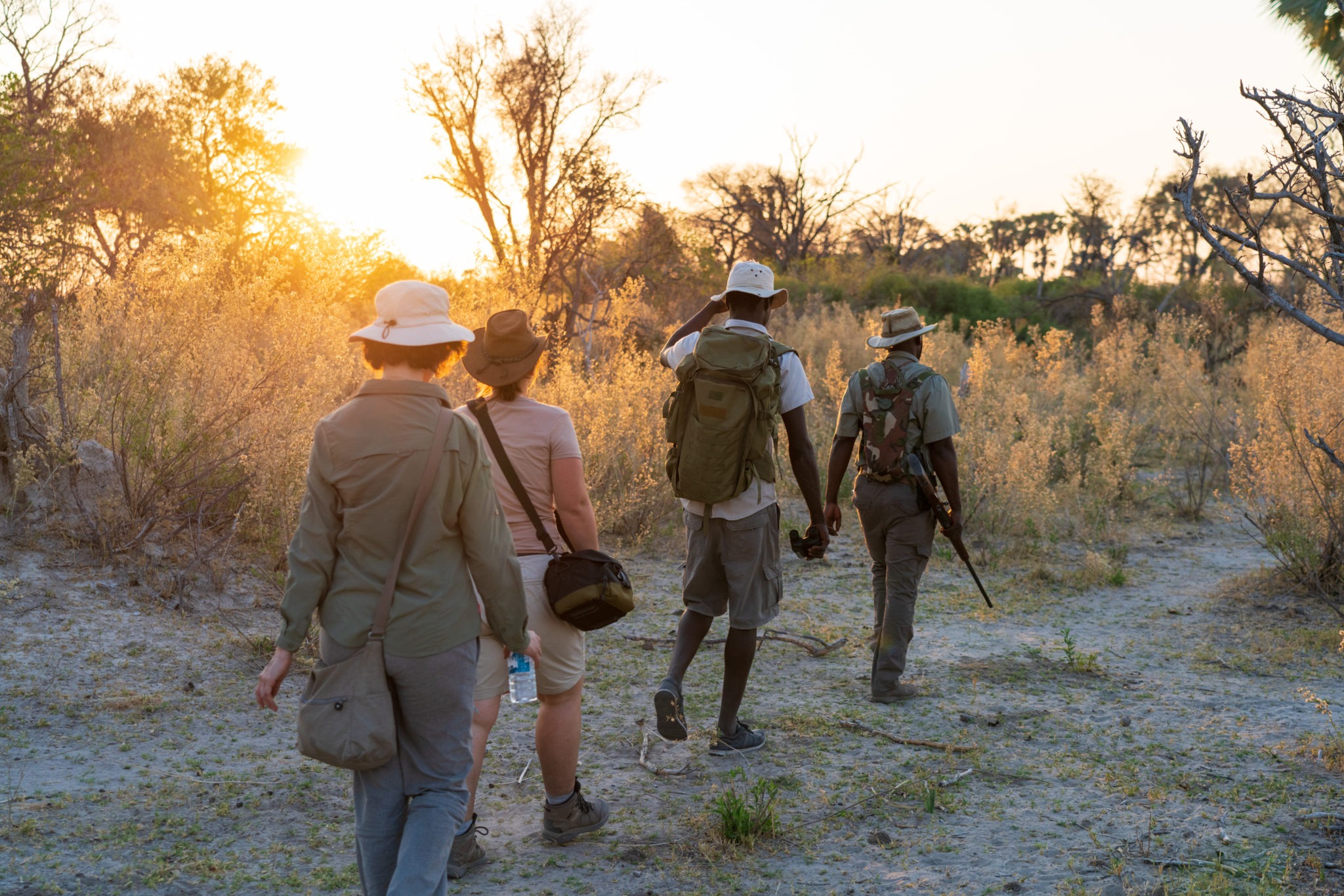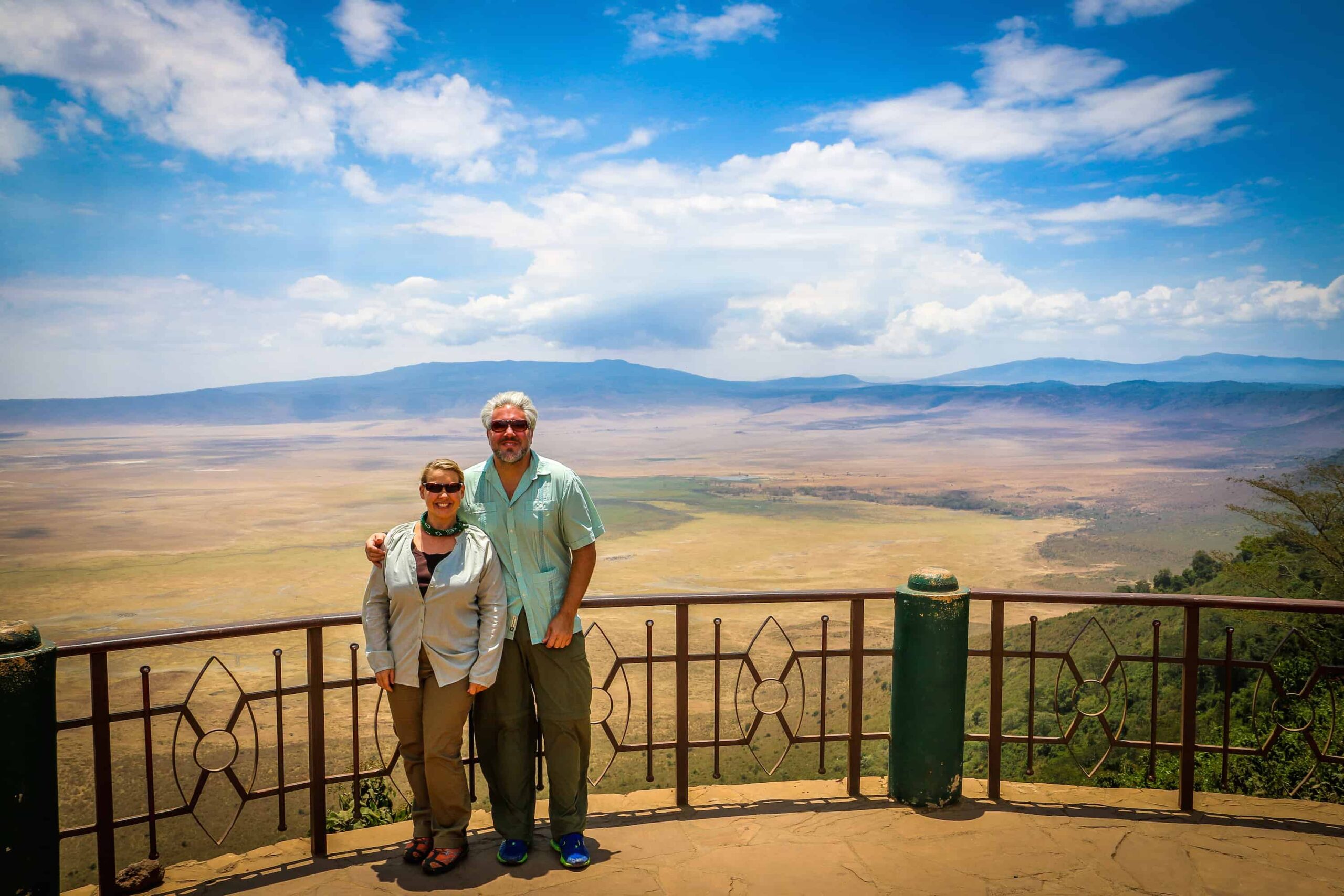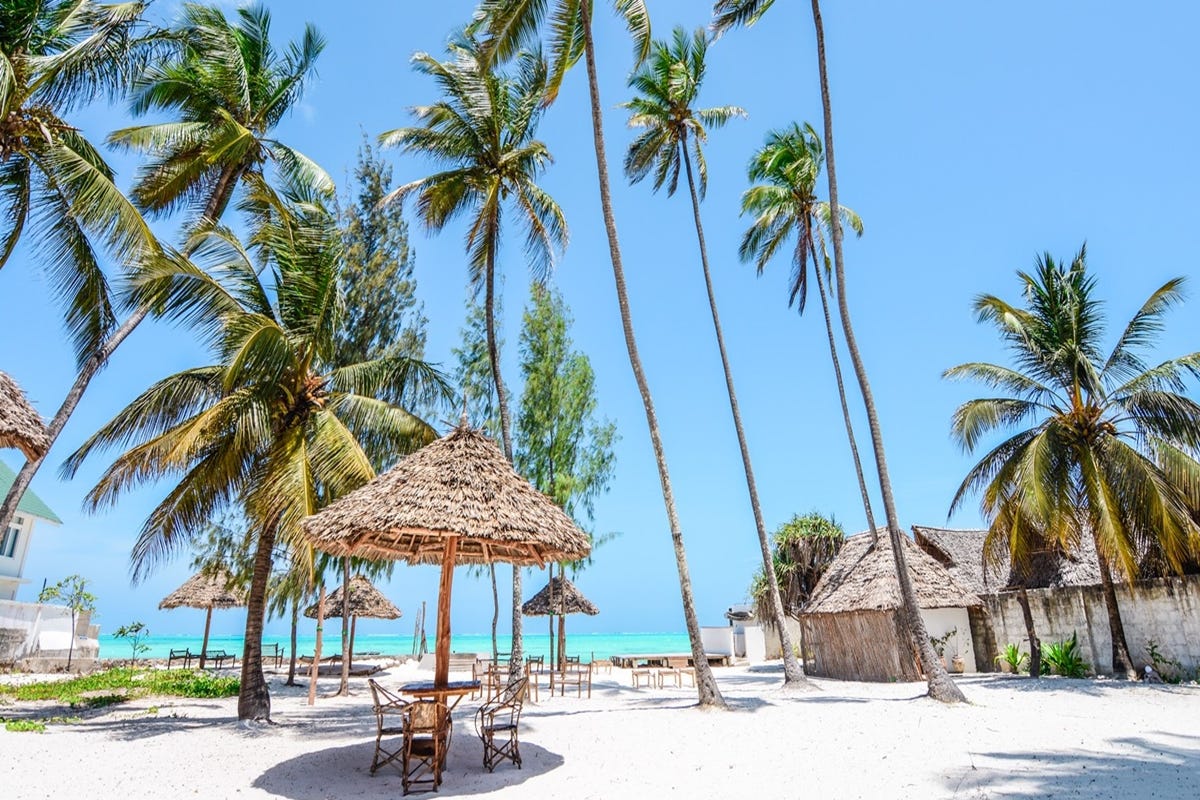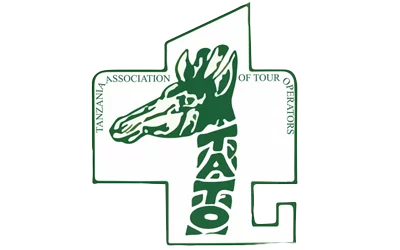Introduction:
Climbing Mount Kilimanjaro, the tallest freestanding mountain in the world, is a bucket-list adventure for many. Standing at 5,895 meters (19,341 feet) above sea level, this iconic Tanzanian peak offers a unique blend of natural beauty and adventure. However, before embarking on this journey, you might be wondering just how physically fit do you need to be to climb Kilimanjaro. In this article, we will explore the fitness requirements and training tips to help you prepare for this awe-inspiring trek.
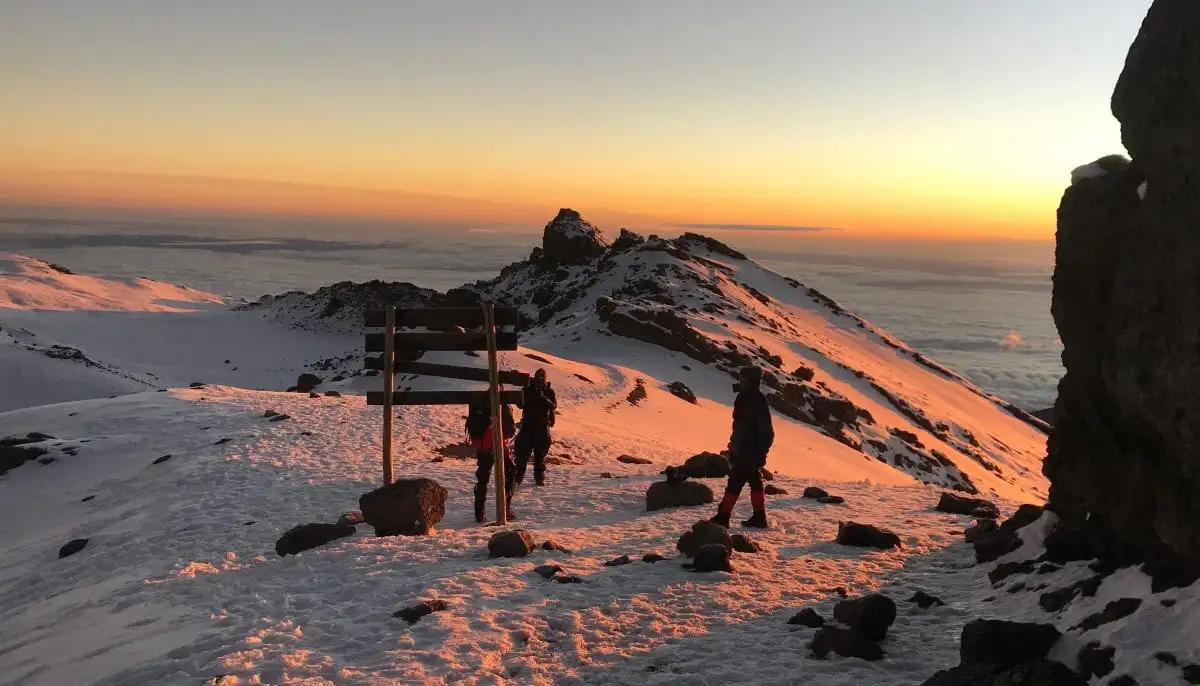
Understanding the Physical Demands:
Climbing Kilimanjaro is a challenging endeavor that demands a good level of physical fitness. Here are some key factors to consider:
- Endurance: Kilimanjaro climbs typically involve hiking for 6 to 8 hours per day, sometimes more. You’ll need to be prepared for long, consecutive days of walking, often at high altitudes where the air is thinner and each step can be more challenging.
- Cardiovascular Fitness: A strong cardiovascular system is crucial for Kilimanjaro climbers. Regular cardiovascular exercises like running, cycling, or hiking will help improve your lung capacity and stamina.
- Strength: You’ll be carrying a backpack with essential gear, so upper and lower body strength are important. Incorporate strength training exercises like squats, lunges, and core workouts into your training routine.
- Altitude Acclimatization: While physical fitness is essential, acclimatizing to high altitudes is equally critical. Kilimanjaro’s summit is at nearly 20,000 feet, where oxygen levels are significantly lower. Gradual ascent and acclimatization days are built into most itineraries to help climbers adjust to the altitude.
Training Tips:
Now that you know what’s required, here are some training tips to prepare for Kilimanjaro:
- Start Early: Begin your training regimen at least 3-6 months before your scheduled climb. This allows your body to adapt gradually and build the necessary strength and endurance.
- Consistency is Key: Stay consistent with your training. Aim for regular workouts, gradually increasing intensity and duration. Focus on both cardio and strength training exercises.
- Hike and Trek: Incorporate hiking and trekking into your training whenever possible. This simulates the conditions you’ll face on Kilimanjaro and helps prepare your body for long hours of walking.
- Practice with a Backpack: Train with a backpack filled with gear to get used to the added weight you’ll carry on the mountain. This will help build strength and endurance specific to your Kilimanjaro climb.
- Consult a Professional: Consider working with a fitness trainer or guide experienced in preparing climbers for high-altitude treks. They can tailor a training plan to your specific needs.
Conclusion:
To answer the question of how physically fit you need to be to climb Kilimanjaro: while you don’t need to be an elite athlete, you do need a good level of fitness, endurance, and mental determination. Kilimanjaro is a challenging adventure, but with proper preparation and training, climbers of varying fitness levels can achieve the remarkable feat of standing on the Roof of Africa. So, lace up your hiking boots, commit to your training regimen, and embark on an adventure of a lifetime. Read our Kilimanjaro packing list and Kilimanjaro FAQs.

